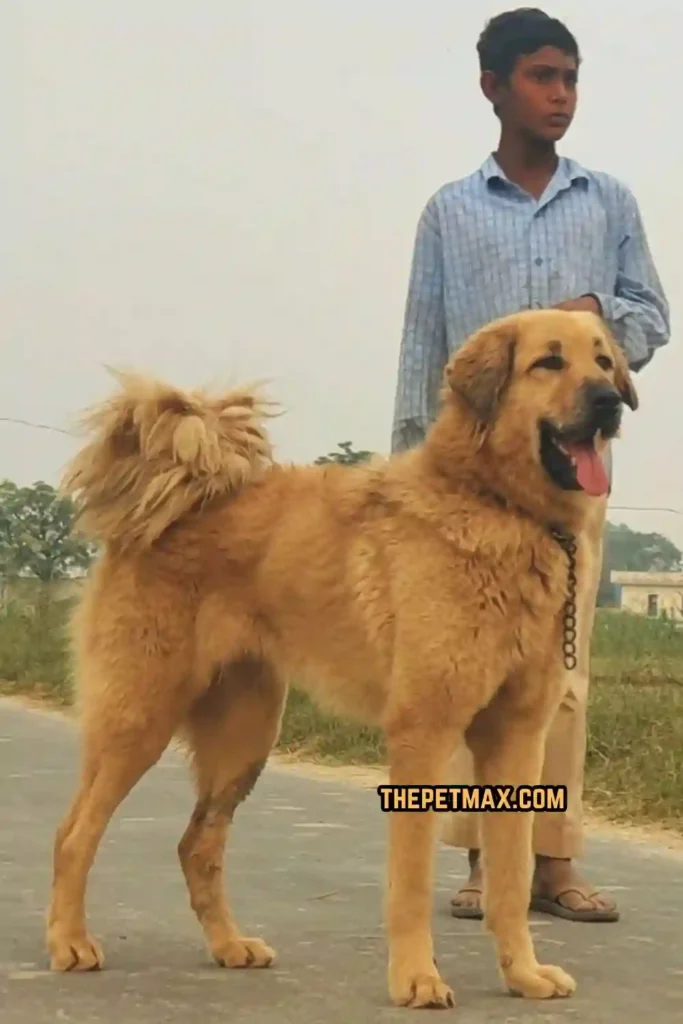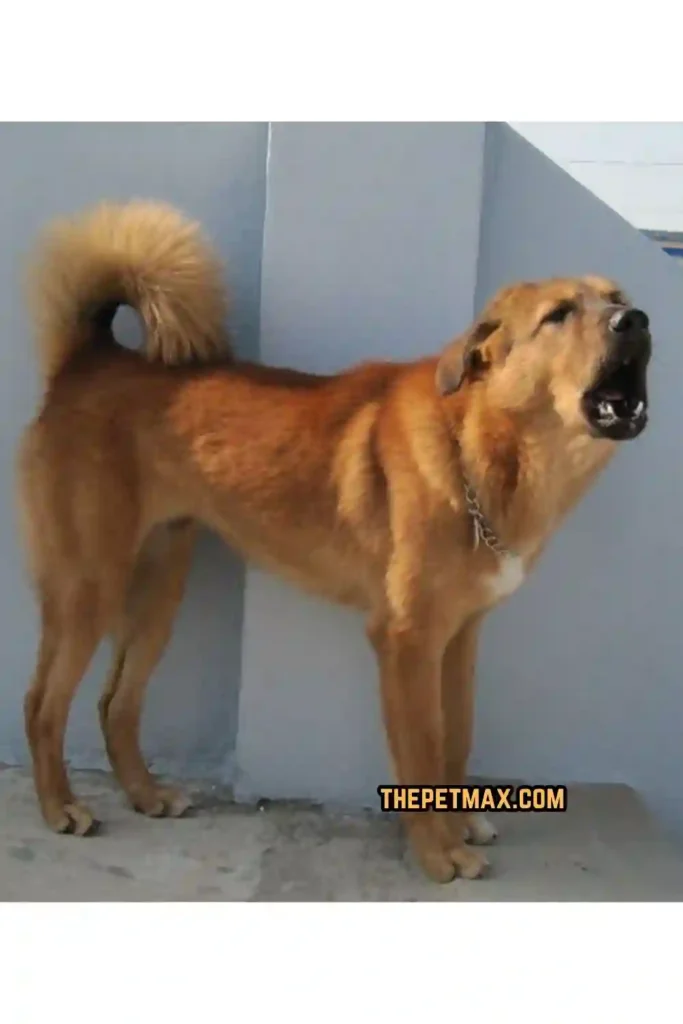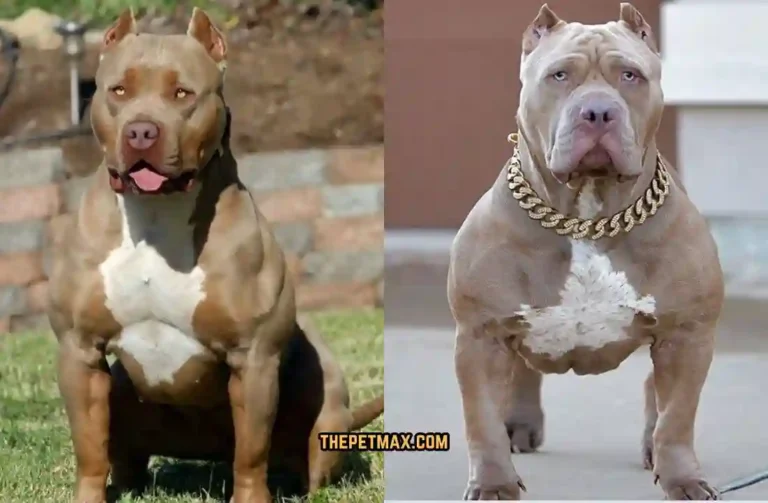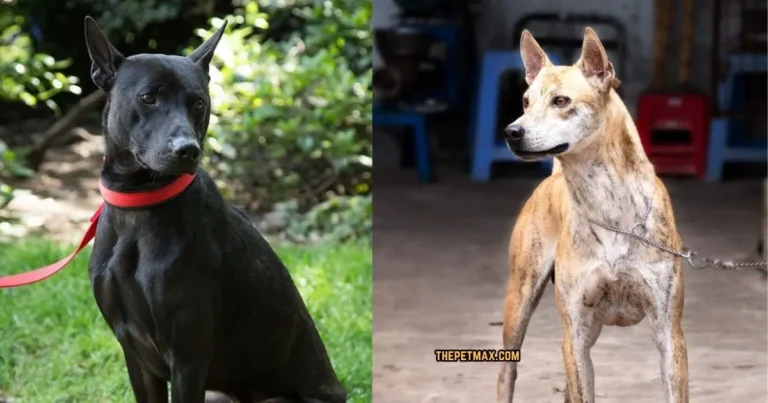Bakharwal Dog Breed Guide with Pictures

Bakharwal Dog came from a nomadic tribe of the Himalayas centuries ago, is an uncommon and unique dog to a shepherd. These fearless guardians are brave enough to protect their herd from a threat greater than themselves.
Although this breed is very friendly with most people, it is less friendly with other dogs and can be very aggressive. Unlike most dogs, the Bakharwal breed does not eat meat, but bread, milk and other dairy products. Because this breed of dog is rare and difficult to breed, you may struggle to find a dog to adopt into your family if you are not in the Himalayas.
Contents
- 1 History of Bakharwal Dog Breed:
- 2 Some Quick Facts about Bakharwal Dog Breed:
- 3 Bakharwal Dog Breed Overview & Appearance:
- 4 Temperament of Bakharwal Dog:
- 5 Are Bakharwal Dogs Good Family Dogs?
- 6 Are Bakharwal Dogs Good with Other Pets?
- 7 Food and Diet Requirements of Bakharwal Dog:
- 8 Exercise Needs of Bakharwal Dog:
- 9 How to Train Bakharwal Dog?
- 10 Grooming Needs of Bakharwal Dog:
- 11 Common Health Problems of Bakharwal Dog:
- 12 Conclusion:
- 13 FAQ’s:
- 14 Related Posts:
History of Bakharwal Dog Breed:
Bakharwal is said to have been obtained 300 years ago by a cross between a wolf and a Molosser. However, history is still controversial. Some say that this breed originated in Jammu and Kashmir as a mixture of two migratory breeds, namely Gujjar and Bakharwal.
It is found in the Pir Panja mountains in the northern Himalayas. In 1857, during the Indian Mutiny, dogs were forced into service and kept on the front lines for security purposes. They must stay in line to protect and avoid major accidents. Over time, the breed loses its ability to reproduce because the females are unable to give birth to many puppies. Born only once a year, the Bakharwal dog is now a rare breed.
Some Quick Facts about Bakharwal Dog Breed:
- This breed has a lower birth rate
- It is included in the threatened category in the IUCN Red List
- A vegetarian dog, of course
Bakharwal Dog Breed Overview & Appearance:

The physical characteristics of the Indian Bakharwal dog are important. They have strong bones, deep chests, lots of muscle, and are slightly slimmer than most Asian Molossians.
This means that the shoulders are strong and the figure is compact. Adult Bakharwal dogs weigh between 85 and 130 pounds, have a solid body, a large head, a muscular neck, short and long hair, a black nose, shape of almond brown or amber eyes. Their fur is very well colored, indicating that they come from the mountains. The fur color is a combination of white, cream and black, creating a beautiful charm.
| Height | 17-21 Inches |
| Weight | 55–70 Pounds |
| Lifespan | 10 to 14 Years |
| Temperament | Intelligent, energetic, vocal, independent, friendly, and calm |
| Litter Size | 3 to 5 puppies |
| Group | Herding |
| Size | Medium |
| Colors | Black, Dark gray, and Dark Brown |
| Coat | Thick double coat |
| Shedding | Moderate |
| Puppy Price | $1000 to $2000 USD |
Temperament of Bakharwal Dog:
A dog’s character and personality are very unique and loyal to its owner. They are fierce guardians of their masters. They are very timid and look like wild animals, especially wolves. They are happy to stand with their owners and do whatever it takes to protect them.
Bakharwal dogs are often favored by people in northern India because of their skills as good watchdogs. It is a very aggressive dog and not at all suitable for living with a family. However, these cats are very busy and are not very confident.
Are Bakharwal Dogs Good Family Dogs?

Bakharwal dog is Known for its loyalty and protective instincts, the Bakharwal dog can be a true family dog in the right situation. Their close ties to family, and protective instincts, make them excellent guardians. However, their independence and territorial nature require early socialization and continuous training to integrate well into the family environment.
Although they are affectionate and loyal, their size and protective instincts may not be suitable for every home, especially those with limited space or experience handling large, active breeds. With proper training, socialization, and understanding of its characteristics, the Bakharwal Dog can be a useful and protective family companion.
Are Bakharwal Dogs Good with Other Pets?
Because of Bakharwal’s history as animal guardians, they may exhibit strong territorial instincts, affecting their interactions with other animals in the village. Early socialization and introductions are important to help them become comfortable with other pets in the family.
Because of their protective and guarding nature, they are wary of unfamiliar animals, especially when introduced inappropriately. With proper training and socialization from a young age, many Bakharwal dogs can learn to live well with other pets, but it is important to monitor the time of interaction and understand the protective barrier to prevent conflicts and misunderstandings between animals in the home.
Food and Diet Requirements of Bakharwal Dog:

Bakharwal dogs require a balanced diet appropriate for their size, activity level and age. As working dogs with a history of feeding and care, they benefit from a diet rich in quality protein to support muscle development and energy needs.
Lean meat, such as chicken, beef, lamb, and vegetables and carbohydrates, such as rice, and butter, are good food for them. However, individual dietary requirements vary, so it is recommended to consult a veterinarian for personalized dietary advice.
Proper hydration is important, so make sure you have access to clean water. Portion control is important to prevent overeating, especially if you are in poor physical condition and can gain weight if left unchecked.
Exercise Needs of Bakharwal Dog:
The Bakharwal is a very strong and energetic breed that was originally bred for guarding and herding livestock. They need a lot of physical activity and exercise regularly to maintain physical and mental health. Daily exercise, including brisk walking, jogging, or participating in activities such as walking or aerobic training, is important to meet their exercise needs.
Mental stimulation in interactive games, toys or training sessions is also important to prevent boredom and keep the mind sharp. Due to its large size and solid structure, there is a lot of space for walking and exploring. Providing opportunities for exercise and mental challenges is essential to keeping Bakharwal dogs happy and healthy.
How to Train Bakharwal Dog?

The Bahawal dog originated in the Himalayas in India and is a strong, hardy breed. Because of their uniqueness, training these dogs requires patience and consistency. Start socialization early to help them adjust to other places and people.
Start with obedience, focusing on commands like “sit,” “stay” and “come.” Positive reinforcement such as gifts and praise is good for Bakharwals because they respond to encouragement rather than pressure. Social training is important because these dogs are smart but strong-willed.
Their natural defensive skills make them excellent guard dogs, but it is important to utilize these skills through proper training. Early exposure to many factors can compromise self-defense. Exercise is important for their health.
Involve them in activities such as walking or running to keep them physically fit and mentally stimulated. It is also important to establish a relationship based on trust and respect. Bakharwal dogs are loyal to their families and can be wonderful companions if properly trained and cared for.
Grooming Needs of Bakharwal Dog:
A double coat must be thick enough to survive the cold nights on the slopes of the Himalayas, which means a lot of grooming and lots of fur everywhere. Some breeds don’t have the same amount of hair, but they do have a lot of black hair here and there.
Longer hair means more washing and grooming. The treatment takes a long time because your Bakharwal needs to be carefully treated when it is discharged. Some owners shave in the summer to keep cool. An additional benefit is preventing their fur from getting tangled from bumps, seeds, and dirt.
Common Health Problems of Bakharwal Dog:

The Bakharwal dog breed is very hardy and athletic because it lives in the Himalayan mountains. However, like any breed, it can cause some health problems. Some common health problems that may affect Bahawal dogs include:
- Hip Dysplasia: This condition involves abnormal development or degeneration of the hip joint, leading to mobility problems and cancer.
- Neck Disease: Similar to cancer, this is a developmental condition that affects the elbow joint, causing stiffness and pain.
- Entropion: Some Bakharwal dogs may suffer from eyelid disorders such as entropion, where the eyelid turns inward causing irritation and damage to the eye.
- Skin Problems: Some dogs may experience skin problems such as allergies, skin infections, and hot spots.
Veterinarian checkups, a balanced diet, exercise, and maintaining a healthy weight can prevent some of these health problems. Effective breeding practices that focus on reproductive health and genetic diversity can play an important role in reducing the prevalence of genetic diseases in Bakharwal dogs.
Conclusion:
Mostly, like most Indian dog breeds, the Bakharwal is on the verge of extinction. Therefore, I encourage you to increase awareness of this wonderful breed and consider adopting an Indian dog breed. You will undoubtedly enjoy this experience.
FAQ’s:
What do you feed a Bakharwal dog?
Bakharwal dogs are usually fed a combination of bread, milk, and other dairy products. This means they don’t digest meat very well.
What is the meaning of Bakharwal?
The word “Bakharwal” is a verb derived from the words Gojribakara, meaning goat or sheep, and wal, meaning “one who takes care of”. Basically, the name “Bakharwal” means “Shepherd/Shepherd on high”.
Is Bakharwal dog vegetarian?
The dog eats a vegetarian diet, mostly bread made from rice, wheat and milk.
Where can I find a reputable Bakharwal Dog breeder?
Finding a reputable Bakharwal breeder is difficult because they are such a rare breed. Find a breed club or association, perhaps a directory of breeders or a rescue group that knows the breed.
Make sure that any breeder you are considering follows responsible breeding practices, takes the health and welfare of the dogs seriously, and provides proper documentation and health certificates for their breeding stock.





